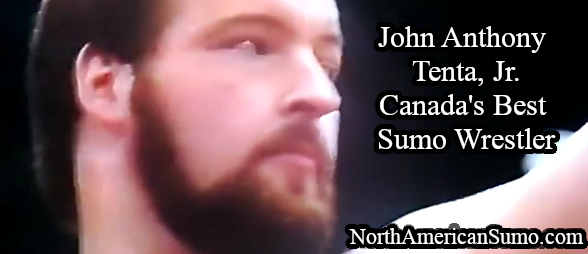My first memory of John Tenta was the arcade game, WWF Wrestlefest. WWF Wrestlefest was your classic wrestling game; you picked a wrestler to fight a gauntlet of matches, and then finally you’re offered a prized opportunity at the WWF championship. The arcade game was among the first with halfway decent graphics, and the digital wrestlers actually resembled the wrestlers themselves. All of the big-name stars were included, such as Hulk Hogan, Jake “The Snake” Roberts, and Earthquake. The latter of these is also known by his real name, John Anthony Tenta, Jr.
John Tenta was a massive person. He was billed at 6’7″ and 460 pounds. Although it is assuredly true that he was not this large, his size made these figures believable. And, as everyone knows about wrestling, what you believe is more important than what is true.
This larger-than-life nature of John Tenta is why I remember him so vividly from WWF Wrestlefest. His character model was substantially bigger than all the other stars, including Hogan and Roberts, but his most impressive feat was his finisher. Each wrestler has their own finisher. Hogan had the leg drop; Roberts had the DDT. Tenta’s finisher was the Aftershock. The Aftershock is technically a running seated senton (a running butt-first jump onto the opponent), but Tenta would “charge up” before performing the move (as with all great finishers). He would jump around his immobile opponent, and his massive body would cause the entire ring to shake. In WWF Wrestlefest, however, it would cause the game to break the fourth wall, and the entire screen would violently quiver back and forth. I remember my childhood self gasping in awe during the first time I saw this. To me, John Tenta was strong enough to not only defeat Hogan with the Aftershock, but his finisher was able to break the laws of physics. Nothing else could compare.
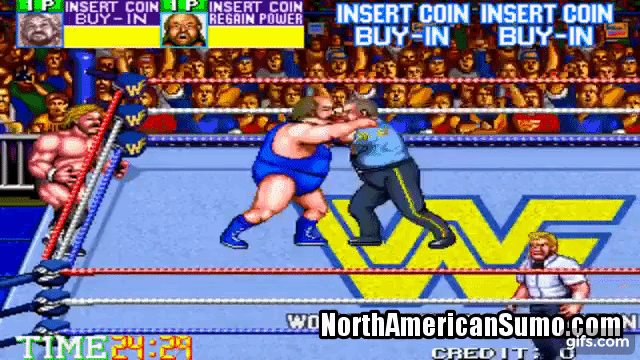
It was this vigor and mystique that Tenta also brought to the Japanese sumo world, years before he ever stepped into a professional wrestling ring.
Tenta was born in Canada (1963) and found love in wrestling at an early age. He reportedly started wrestling at the age of six, and he became a Canadian junior champion as well as placing sixth in the World Junior Wrestling Championships before finishing high school (1981). His abilities earned him a scholarship to LSU for wrestling, where he also joined the football team and rugby club for fun.
Tenta returned to Canada after college (1985) but was quickly spotted by a former yokozuna on vacation. The former yokozuna, impressed by Tenta’s athletic gifts, recruited the young athlete to join the world of Japanese sumo. Tenta agreed, joining the Sadogatake stable in the October of 1985.
To understand the immediate success of Tenta in sumo, it is important to review the early performances of some other rikishi (sumo wrestlers). Currently (August, 2018), there are three yokozuna, which is the pinnacle of all sumo. Kisenosato started his career by going 6-1 in the jonokuchi division, 6-1 in the jonidan division, and 24-11 in the sandanme division. Kakuryu started his career by going 5-2 in the jonokuchi division, 24-11 in the jonidan division, and 38-32 in the sandanme division. Hakuho started his career by going 8-6 in the jonokuchi division, 14-7 in the jonidan division, and 26-16 in the sandanme division. The quickest to the makushita division was Kisenosato, who took seven basho.
Tenta started his career by going 7-0 in the jonokuchi division, 7-0 in the jonidan division, and 7-0 in the Sandanme division. That’s right; Tenta made it to the makushita division without ever losing a match. To date, only five other rikishi have had such an incredible start to their sumo career, immediately placing Tenta in the sumo record books. His success, paired with being a rare North American rikishi, made Tenta a fan-favorite. He was bestowed the nickname “Canadian Comet” and regularly featured in sumo magazines – appearing on the cover of Sumo World in May of 1986 (Footnote 1).
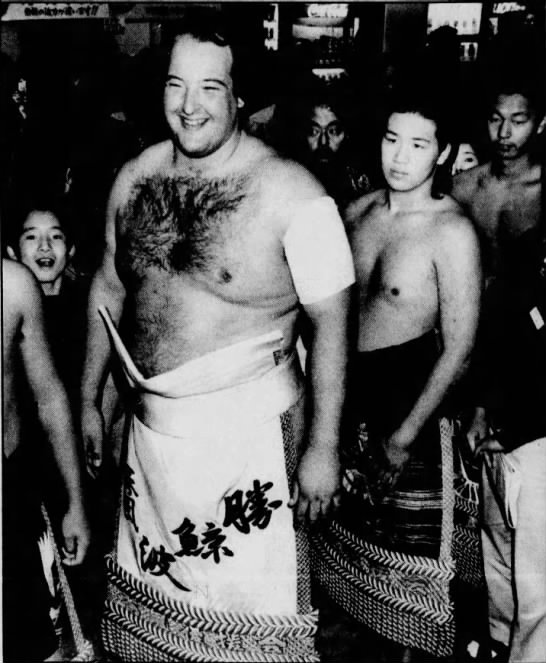
What happened after, however, may be even more unbelievable. After such an incredible start and overwhelming fanfare, he suddenly vanished from Japan. What happened?
In an early interview, Tenta expressed great respect toward the sport of sumo. He acknowledged that most North Americans think that sumo is just a bunch of fat guys pushing each other around, but he also quickly realized that sumo requires a lot of strength and even more skill. When describing his practice bouts with a makuuchi (top division) rikishi in his stable, Tenta said, “He blew me away. I pushed him, but I couldn’t move him. And when he decided he’d had enough, he put me on my butt. That’s when I discovered how little I know about the sport and how much I have to learn.” Tenta knew he had the potential to be among the best, but he just had to put in the work.
According to news reports and interviews after leaving, however, Tenta confessed that the sumo lifestyle was much tougher than he ever imagined. Sumo wrestlers practice by pounding themselves into wooden beams and being tossed onto hardened clay floors. Tenta would wake every morning at 5:00 A.M., walk to the unheated stable, and practice until 11:00 A.M. At this point, he was expected to be a servant to the higher-ranked rikishi until the afternoon, where he was expected to study sumo techniques and attend social functions. These social functions sometimes lasted until midnight, although Tenta was expected to wake up at 5:00 A.M. again. Tenta started feeling worn down. On top of this, Tenta reported feeling ostracized. Although he was a lower-ranked rikishi, he still received considerable media attention. This made some of his stablemates, both higher- and lower-ranked, jealous of his newfound popularity. One newspaper even reported that 10 rikishi had left the stable in protest of Tenta’s favorable treatment.
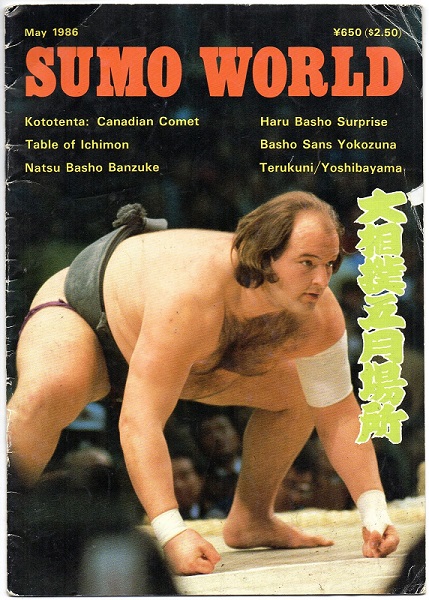
In two separate interviews, Tenta reflected on the experience:
- “Nothing I have ever done – not football, not college wrestling – compares with the kind of physical abuse you inflict on your body in sumo. There’s no let-up. Not even when you’re injured or sick. That was really hard for me to accept.”
- “I felt as if I was on show and tell. I felt more like a clown or like some kind of hostess.”
Also, Tenta was expected to have his arm tattoo removed – Yes, removed. In Japanese sumo culture, tattoos are associated with stigma. Rikishi are supposed to be dignified people, whereas tattoos are associated with lower-class and unsavory types. Tenta went as far as to meet with a Canadian doctor about getting it removed. The doctor claimed that the recovery time from laser surgery would take six weeks, but Tenta knew that he would not be allowed this type of time off. Even yet, Tenta also found out that the doctor had never removed a tattoo before!
The last straw was Tenta’s concerns over his future. Lower-ranked sumo wrestlers are provided food and board, but they aren’t given much of a salary. Instead, the real money in sumo is almost entirely allocated to the top-tier rikishi. Tenta, in his own words, had seen rikishi retire from sumo after a decade without an education or other skills and find themselves at a dead end. Regarding his final days in sumo, Tenta retold: “I didn’t see that I was in my best condition for the next tournament. I didn’t see any break coming. I decided it was time to go.”
However, leaving Japan wasn’t as easy as simply buying a plane ticket. Tenta was the star pupil of his stable, and he was providing extremely good returns on their investments. On Reddit.com, Tenta’s son retells the story that he was told by his aunt:
- “He was making the stable a lot of money because people would bet against him and he kept cleaning up. Before one of his matches, he said he forgot something in the locker room and booked it to the nearest train with some clothes he brought along. He hid out in a hotel room for 2 weeks until they negotiated his release from sumo and flew back to Canada for a while.”
It almost seems like Tenta’s escape from Japan was straight from an action movie!
Afterwards, Tenta was heavily criticized by the Japanese sumo media. Tenta’s stablemaster went on record saying, “I don’t know what he’s thinking about. I want to talk to him, but personally I’m disgusted with foreigners and won’t take one on again.” Many newspaper writers called him soft, cowardly, and difficult. One even speculated that Tenta had permanently damaged Japanese-Canadian relations. It appeared that the doors to Japan were closed to Tenta forever.
While his return was doubtful, Tenta would venture back to Japan to start his professional wrestling career only a year later (in 1987; Footnote 2). The audience still remembered the sumo standout. He immediately fought beside fan favorites like Giant Baba and Genichiro Tenryu, and he even scored early victories over established superstars like Rusher Kimura and Tiger Jeet Singh. Perhaps most impressively, Tenta and Jumbo Tsuruta would together face the Legion of Doom in June of 1987. For those uninitiated with professional wrestling of the 80’s, the Legion of Doom were THE professional wrestling tag team, and they garnered a fan following that paraded worldwide support and respect. If you were in a match with the Legion of Doom, you were automatically seen among the best-of-the-best within the world of professional wrestling. Although Tenta originally left Japan on bad terms, it was clear that Japan embraced the former sumo standout. In turn, he lived up to their expectations and showed that he could seemingly succeed at any endeavor.
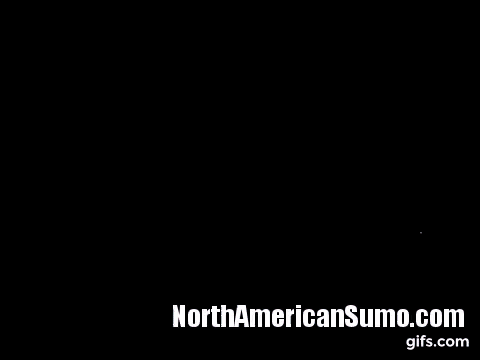
Tenta eventually left Japan again to return to North America and wrestle for Vince McMahon’s WWF (now WWE) in 1989. After going undefeated for several months, Tenta quickly became a marquee name for the promotion. Although he did not have a true “gimmick,” per se, his persona generally reflected his massive size and power. His ringnames were taken from natural disasters (Earthquake, Avalanche), and his menacing snarl signaled that he was a bad dude. Tenta rarely won any championships in the WWF, but he was always a threat to the good-guy champions of Hogan and Randy “Macho Man” Savage. He was the perpetual monster to be vanquished. In 1990, Pro Wrestling Illustrated even awarded him the “Most Hated Wrestler of the Year” commendation, and he was consistently rated within the top 100 best wrestlers during this era.
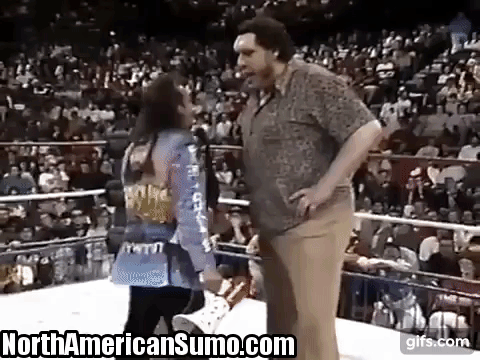
In 1991, the Japanese wrestling promotion, Super World of Sports (SWS), arranged a series of co-produced wrestling shows with WWF to take place in Japan. Due to his new villainous mystique and sumo history, Tenta found himself on the wrestling card (along with Bret Hart, Randy Savage, Hulk Hogan, and others). It was during this tour that Tenta would have his final confrontation with the world of Japanese sumo.
Typically, Japanese wrestling promotions would conduct very predictable storylines with these international monster characters. The monsters would defeat lower-tier wrestlers as the promotion toured around Japan, sometimes defeating the promotion’s star wrestler(s) through underhanded tactics. In the final match of the tour, usually in Toyko or another large city, the star would finally get their chance to defend the honor of the promotion as well as Japan. Without fail, the Japanese star would send the foreign monster crying back to their home country.
It is difficult to tell whether this was the plan for Tenta. Tenta may have been booked as the typical monster character, with the intent of finally losing to SWS’s superstar. Or, he may have been booked to show the Japanese audience that he was now a top star all around the world, which would have given credence to the Japanese promotions (as well as sumo!) where he received his start. It may be most likely, however, that SWS and WWF just wanted to hold a series of star-studded matches to make a lot of quick money, and the matches were without any significant storyline development.
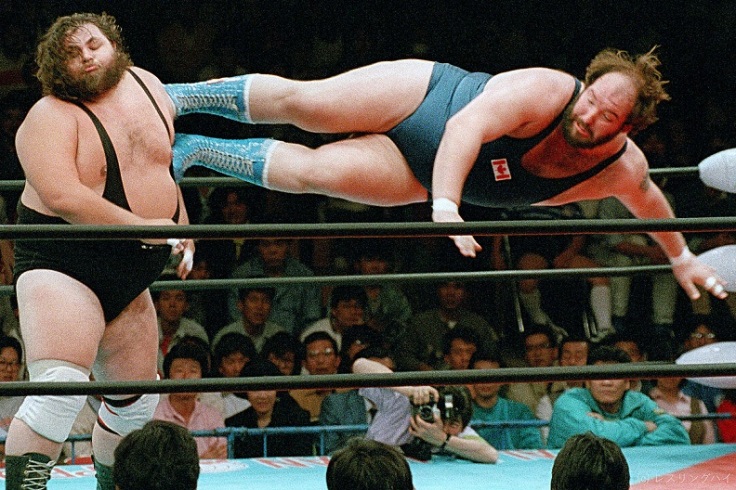
Regardless of the intent, it is known that Tenta’s opponent in Japan was Koji Kitao. Because his showdown with Koji has evolved into an internet legend that paints Tenta’s public perception, it is important to understand the background of Koji Kitao.
Koji was also a sumo wrestler in a previous life. He saw more success in the sport than Tenta, as Koji reached the pinnacle of sumo stardom – yokozuma. However, Koji’s grand success also had a grand downfall. After being promoted to yokozuma, Koji saw a series of mediocre performances. These disappointments appeared to frustrate Koji, which resulted in Koji assaulting one of the junior members of his sumo stable. When confronted by his stablemaster, he allegedly struck the stablemaster’s wife before storming out. Shortly after, the stable master submitted Koji’s retirement papers to the Sumo Association, which they voted to accept without allowing Koji to speak on his behalf. Clearly, the association also wanted Koji gone.
Koji almost immediately turned to professional wrestling. He initially trained in America, but quickly came back to Japan to start his career with New Japan Pro Wrestling (NJPW). His tenure with NJPW was short-lived, as he was fired soon after for directing a racial slur towards Japanese wrestling superstar, Riki Choshu. Despite his repeated blunders, Koji was hired by SWS and enjoyed notable success within the promotion.
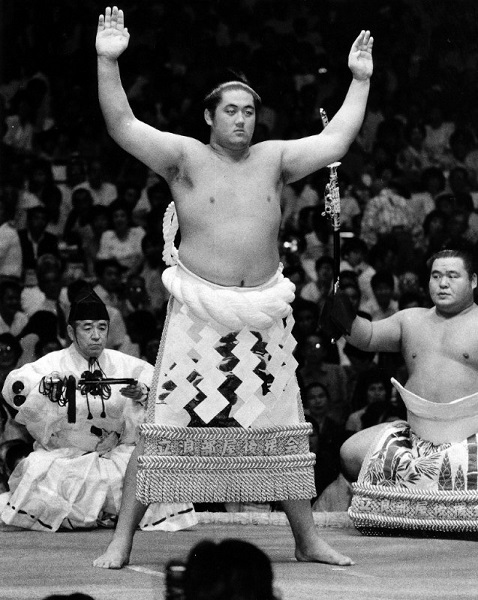
When the SWS/WWF supershows occurred, it was only logical for Tenta to fight Koji. Both were former sumo wrestlers, and both were pushed as dominant competitors. On the first night, Tenta beat Koji in only six minutes and ten seconds. This relatively short match time was likely due to the length of the card. Twelve matches were included, ranging from 2:49 minutes to 15:16 minutes.
While it was not known at the time, it is clear now that Koji felt slighted by the outcome of his match. Koji probably felt that he, the former yokozuna, should not be losing to a former rikishi that only reached the makushita division. Even yet, he had previously been booked as a top-tier wrestler, obtaining win after win alongside Tenta’s prior tag-team partner, Genichiro Tenryu. Losing in 6:10 minutes was embarrassing. . .especially in front of the 36,000 fans packed inside the Tokyo Dome.
Koji took matters into his own hands only two nights later. He was apparently booked to lose to Tenta again during the second SWS/WWF supershow, but he decided to fight against the scheduled outcome.
Video of the “match” can be found here. Tenta arrived to the ring and received intermittent cheers, whereas Koji’s entrance was rushed and with little fanfare. The match started normally enough, with each wrestler showing off their feats of strength. It vaguely appeared like Tenta was meant to win these feats, but Koji fought back a little more than he should. Tenta gave a rough throw soon after, in which Koji responded by slipping out of the ring and throwing a table into the ropes. Once back inside the ring, it was clear that Koji had no interest in continuing the match as planned. He became uncooperative to Tenta, which resulted in the crowed shouting “Ten-ta, Ten-ta!”
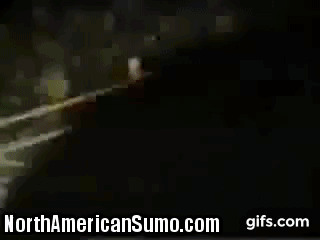
Like most professional wrestling shoots (matches that turn into a real fight), Tenta appeared to be unsure of exactly what was happening. This may have been for two reasons. First, it is often difficult to tell whether someone is actually shooting. Professional wrestlers pride themselves on making scripted activities appear non-scripted. A fake punch looks a lot like a real punch in a wrestling ring, which causes a real punch to look like a fake punch. In any shoot, it takes a few moments for the wrestler to decipher the intent of their opponent. Second, shoot wrestling was becoming more popular in Japan, and many variations were being incorporated into professional wrestling shows. Antonio Inoki, who was Japan’s premier professional wrestler and booker, was a well-known fan of shoot style wrestling, and many other promotions (including SWS) tried to capitalize on the fad. Inoki himself participated in several shoot fights, both with informed (Muhammed Ali) and uninformed (Great Antonio) opponents.
Was it possible that SWS set up Tenta? It would make sense. Koji Kitao could vanquish the monster Tenta in a real fight, showing the Japanese audience that the Japanese rikishi was superior to the Canadian rikishi. This could, perhaps, redeem the honor of Koji in the audience’s eyes, and once again solidify him as a truly tough fighter.
It seems, however, that this possibility is very unlikely. Tenta was able to defuse the situation by refusing to back down to Koji. He stood valiantly in the ring, ready to defend against any swing that Koji would throw. Tenta began shouting to Koji, “This is wrestling!”, seemingly in an attempt to snap Koji out of his manic trance. Koji teased that he would eyepoke Tenta, to which Tenta responded with a kick and an eyepoke tease of his own. The crowd once again erupted in, “Ten-ta, Ten-ta!” The showdown lasted several tense minutes with neither wrestler backing down.
Finally, Koji kicked the referee in anger, which resulted in Koji being disqualified and Tenta being declared the winner. Koji immediately left the ring, grabbed a microphone, and shouted, “Wrestling is fake! Tenta could never beat me!” Koji tried to not only disgrace Tenta but all of professional wrestling. Tenta responded by celebrating his victory in the ring – both his professional wrestling victory and his personal victory for refusing to be pushed around. The fans booed the result, as they missed out on a showdown between the two sumo stars.
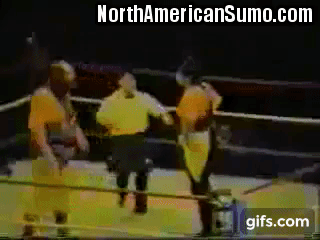
Koji immediately left the professional wrestling business, but he was somehow accepted back into the profession only one year later. It seems that Japan always forgives their fallen sports stars. Koji would also dabble in mixed martial arts (MMA), amassing a 1-2 record.
Tenta would return to America and continue his wildly successful professional wrestling career. An early Survivor Series win alongside Macho Man further elevated Tenta’s status, which transitioned into a storyline feud with Hulk Hogan. This feud included Tenta famously breaking two of Hogan’s ribs (in the storyline, at least), and losing to Hogan as the last competitor in the 1991 Royal Rumble. Tenta would also feud with Jake “The Snake” Roberts, in which he also famously smushed Jake’s snake, Damien. He would later team with Typhoon to form The Natural Disasters, winning both the WWF and SWS Tag Team Championships in 1992.
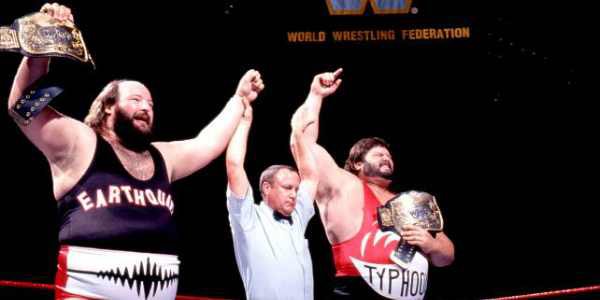
In 1994, Tenta would even compete in a scripted sumo match against the WWE wrestler, Yokozuna (who never competed in actual sumo), emerging victorious against the massive Californian. It was clear that Tenta was a staple of American wrestling in the 90s, and he (probably) was a regular feature in the nightmares of many children. Tenta would wrestle until 2004, and he passed away from bladder cancer in 2006 at the young age of 42.
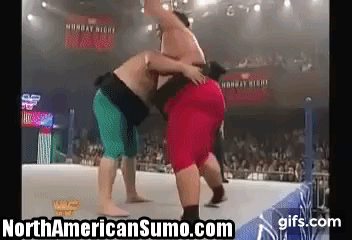
But what about Tenta’s status in Japan? I’ve seen some people claim that Tenta never returned to Japan after his confrontation with Koji Kitao. This is entirely false, however. Tenta would return to Japan seven months later (at most), where he found himself in the main event of another star-studded SWS/WWF production. Him and his tag team partner, Typhoon, would face the Legion of Doom again in Japan during the December of 1991, illustrating that he was still seen as a premier figure in Japanese professional wrestling after the confrontation. His last recorded matches were even in Japan, where he emerged victorious in 7 of 9 bouts in a tour with NJPW. Today, there is even a popular Japanese ska band named Big John TENTA.
Personally, I find John Anthony Tenta Jr’s story to be very captivating. Even today, he is still the most successful Canadian sumo wrestler ever, showing the impact he was able to make on the sport in only three basho. If he was able to stick with it, he could have reached the highest of heights. Likewise, he had an extremely successful professional wrestling career in both Japan and America. He defeated a who’s who list of superstars in both countries, of which very few could compare.
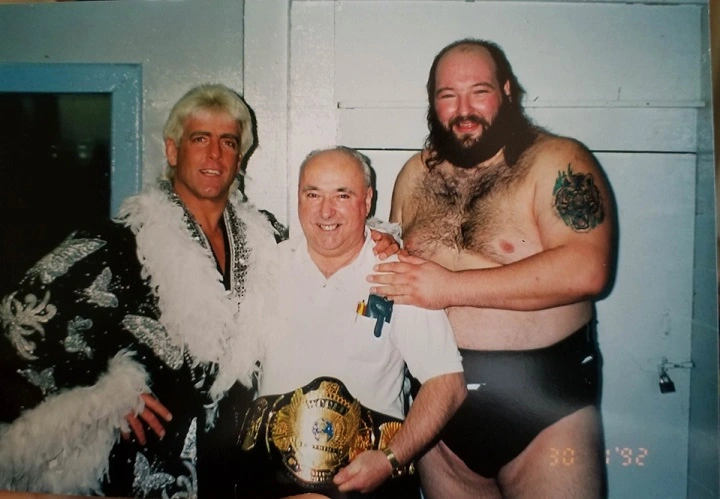
Perhaps more captivating, however, are the numerous misconceptions surrounding Tenta’s life. Because Tenta never made it to the makuuchi division, I’ve seen many people downplay his sumo abilities. Make no mistake, Tenta was a very talented rikishi. Many people are also entirely ignorant of his success in Japanese professional wrestling, believing that the Japanese audience hated Tenta after his escape from sumo. Again, this could not be further from the truth, as Japanese crowds were vigorously cheering for Tenta throughout his entire career. Lastly, I’ve seen several false claims about his showdown with Koji Kitao, including (a) Tenta was virously booed by the audience during the shoot, (b) he ran with his tail between his legs, and (c) his reputation was forever ruined in Japan. Again, these statements are entirely untrue. Tenta stood firm in the face of Koji, which resulted in crowds cheering “Ten-ta, Ten-Ta!” during the match and for the rest of his career. Five years after their confrontation, Tenta would even wrestle Koji twice more, showing that even the former yokozuna respected the former rikishi.
It is unclear where these misconceptions emerge from. It could be that Tenta portrayed a (somewhat) cartoonish villain in WWE, which caused Americans to underestimate his achievements around the world. Or, it could be that the story of Tenta is hard to believe. Only five other rikishi started their sumo career with a 21-0 record. Four of them made it to the upper ranks of the makuuchi division, and the fifth is a promising, young rikishi who will likely make it one day. It is difficult to believe that a 22-year old from Canada could find himself in such company. It is even more difficult to believe that he would abandon this success, only to find himself among the top of Japanese professional wrestling only a year later. . .then he would continue to reach the upper-tiers of American professional wrestling only two years after this.
I think that the only explanation is that WWF Wrestlefest is a truer reflection of reality than most believe. John Tenta was not just a massive individual that could defeat anyone with the Aftershock, but he was instead a person who could bend the laws of physics – and reality – to his own will.
Author’s Note
I would like to thank John Anthony Tenta Jr.’s son, John, for providing comments on this article as well as providing pictures of his father. Below are some additional images that provide insight into Tenta’s very fulfilling personal life away from sumo and wrestling.
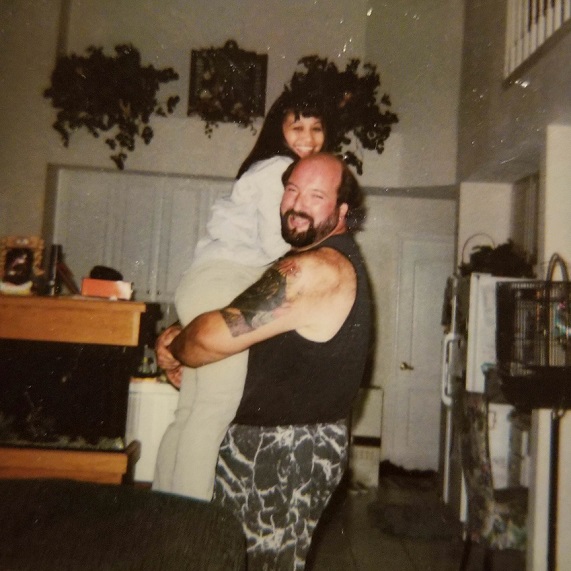
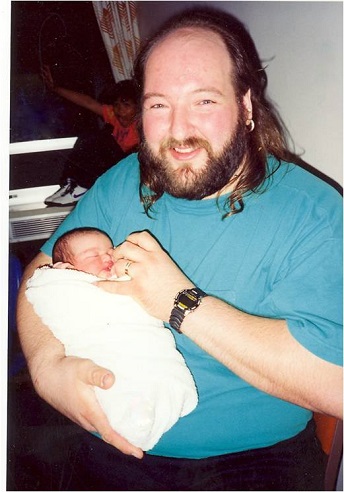
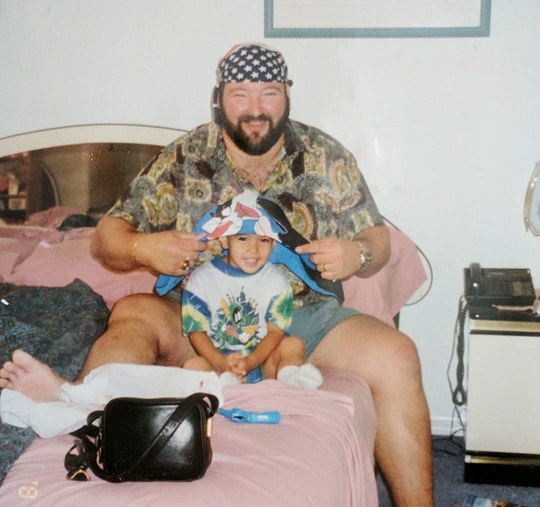
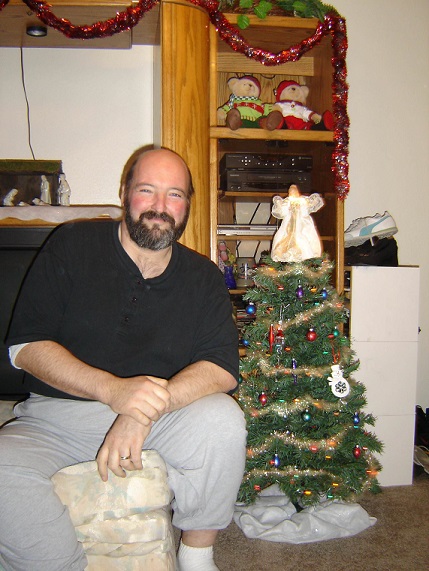
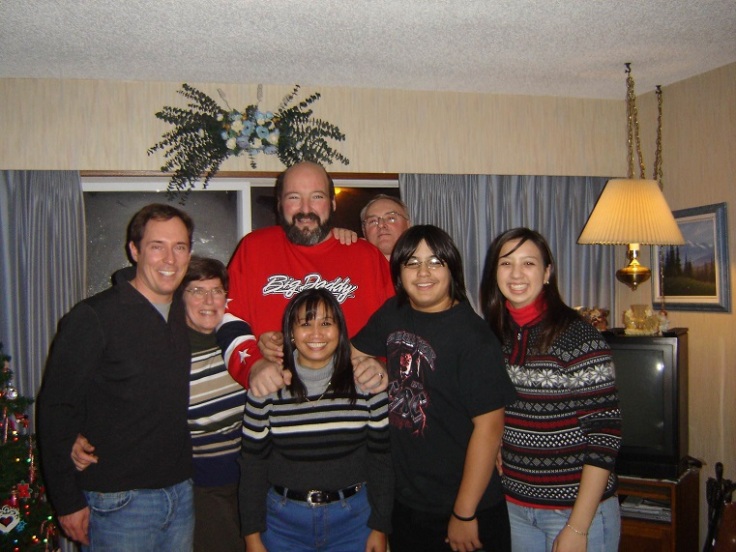
References and Additional Reading
http://articles.chicagotribune.com/1986-07-06/sports/8602180446_1_sumo-japanese-canadian-embassy
http://articles.chicagotribune.com/1986-03-02/sports/8601160241_1_sumo-salevaa-atisanoe-john-tenta/2
https://www.nytimes.com/1986/07/15/sports/sumo-style-is-too-tough
http://slam.canoe.com/Slam/Wrestling/2013/07/07/20957291.html
https://www.youtube.com/watch?v=GWAt9ORtPx0
Footnotes
Footnote 1 – Although I’ve tried very hard, I cannot find any footage of Tenta’s sumo matches. If anyone can find any, please email me at NorthAmericanSumo@Gmail.com.
Footnote 2 – Technically, Tenta would start his professional wrestling career in America, receiving some early training and matches in Canada. However, his venture back to Japan was his first real exposition as a professional wrestling. As a side note, the linked match in 1986 seems to be absent from most professional wrestling databases, which seem to believe that Tenta didn’t receive his start until the following year.
